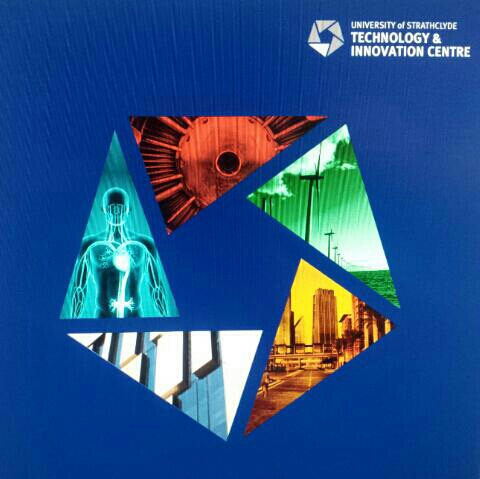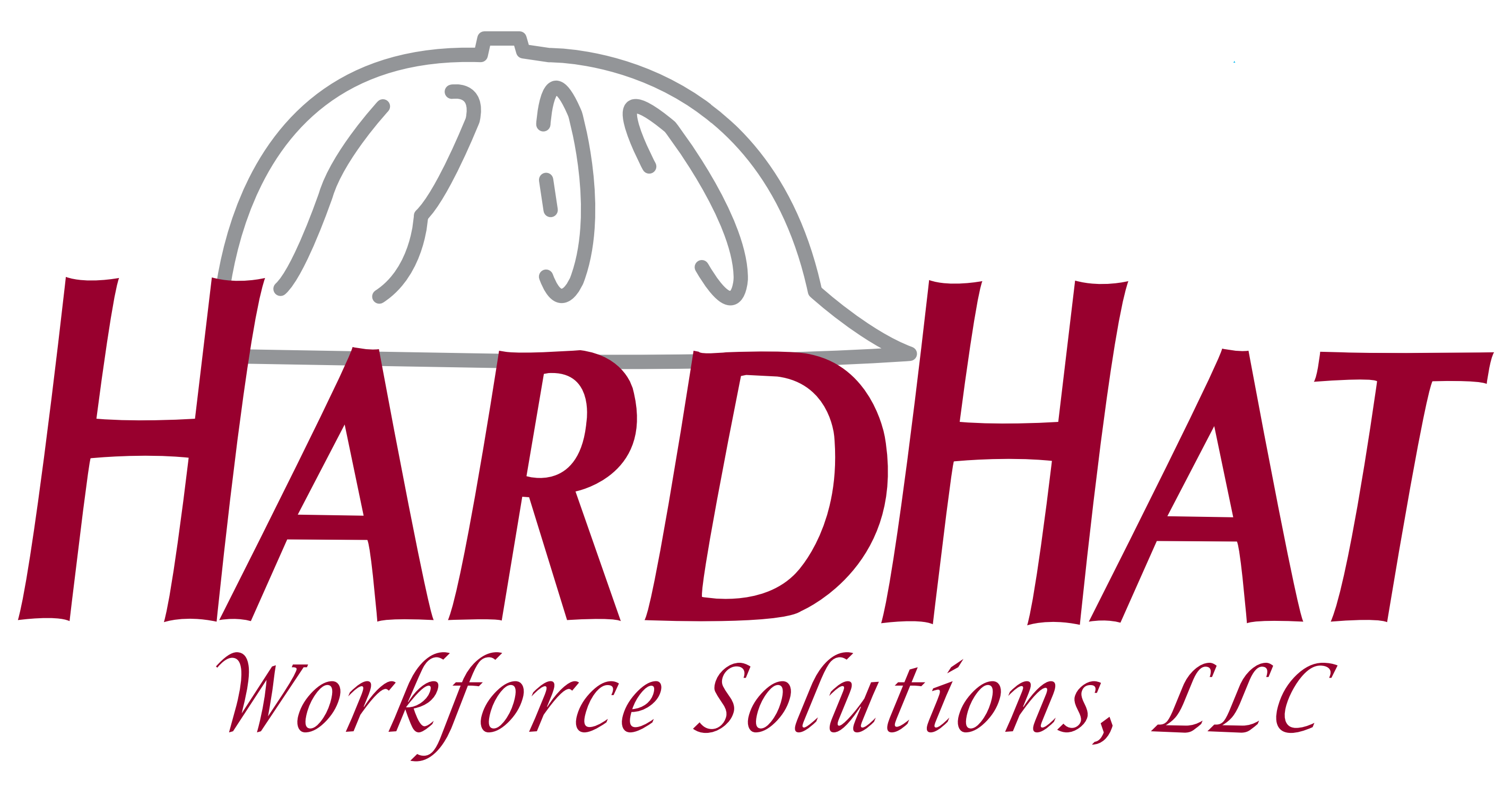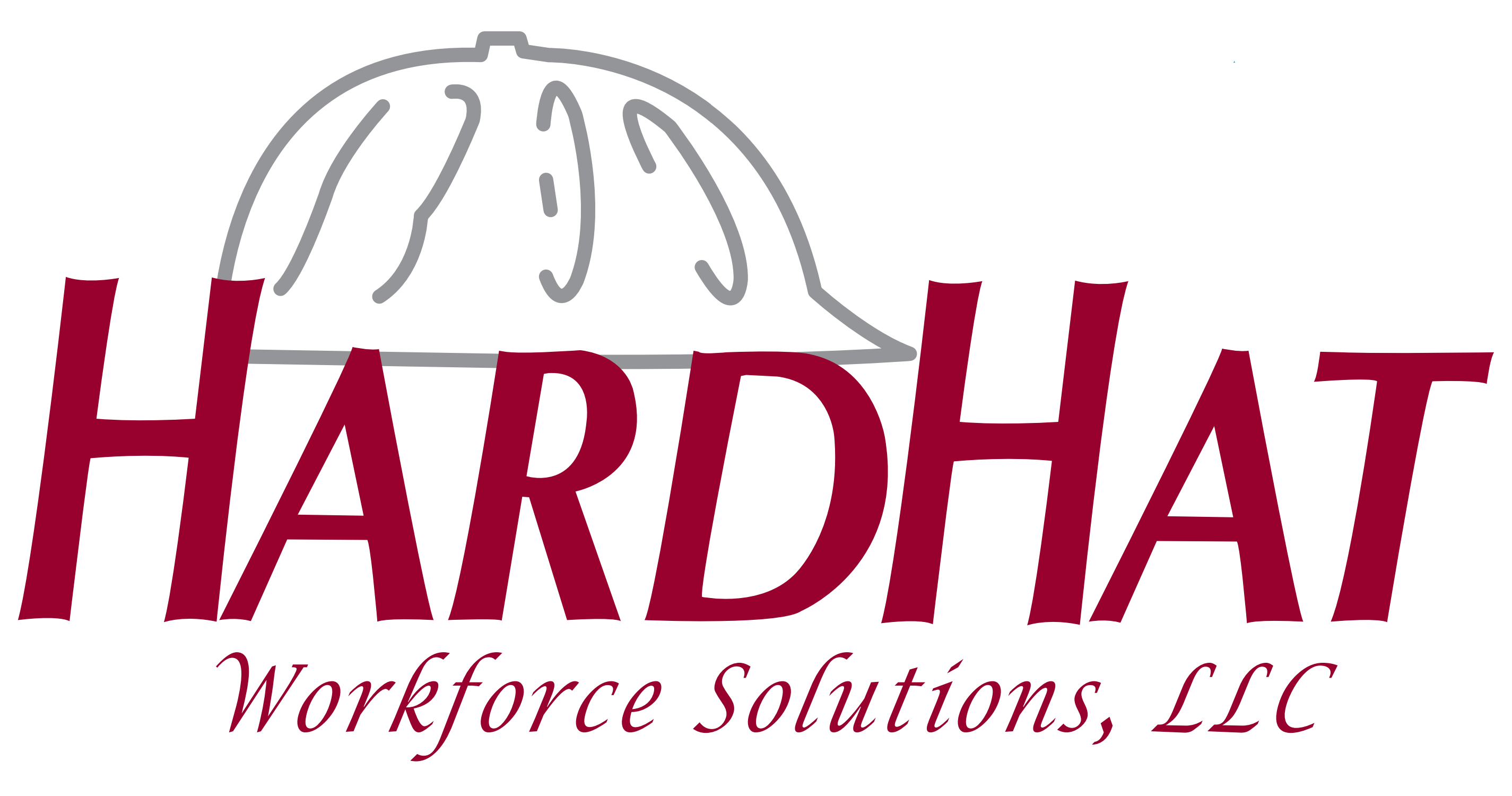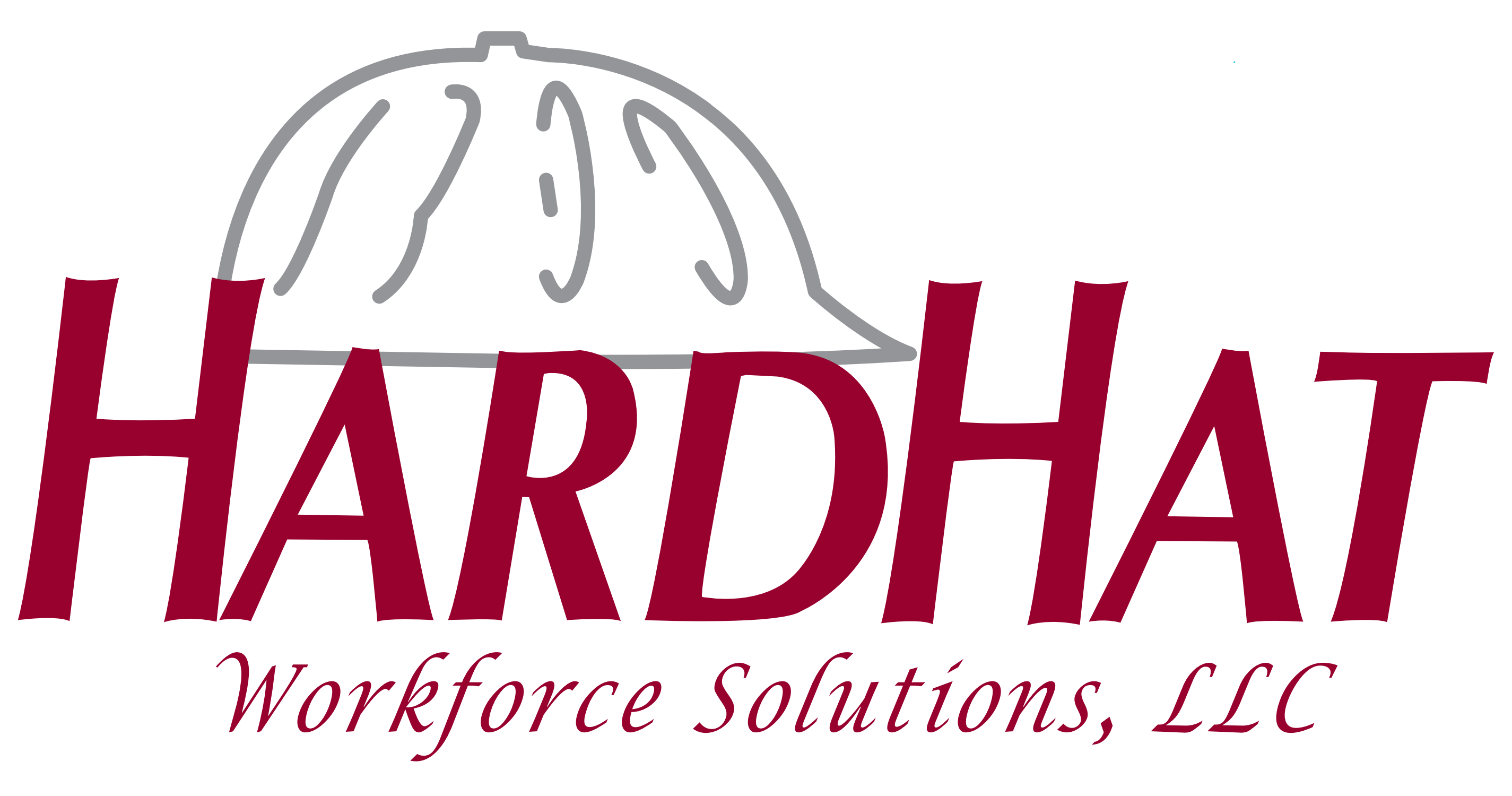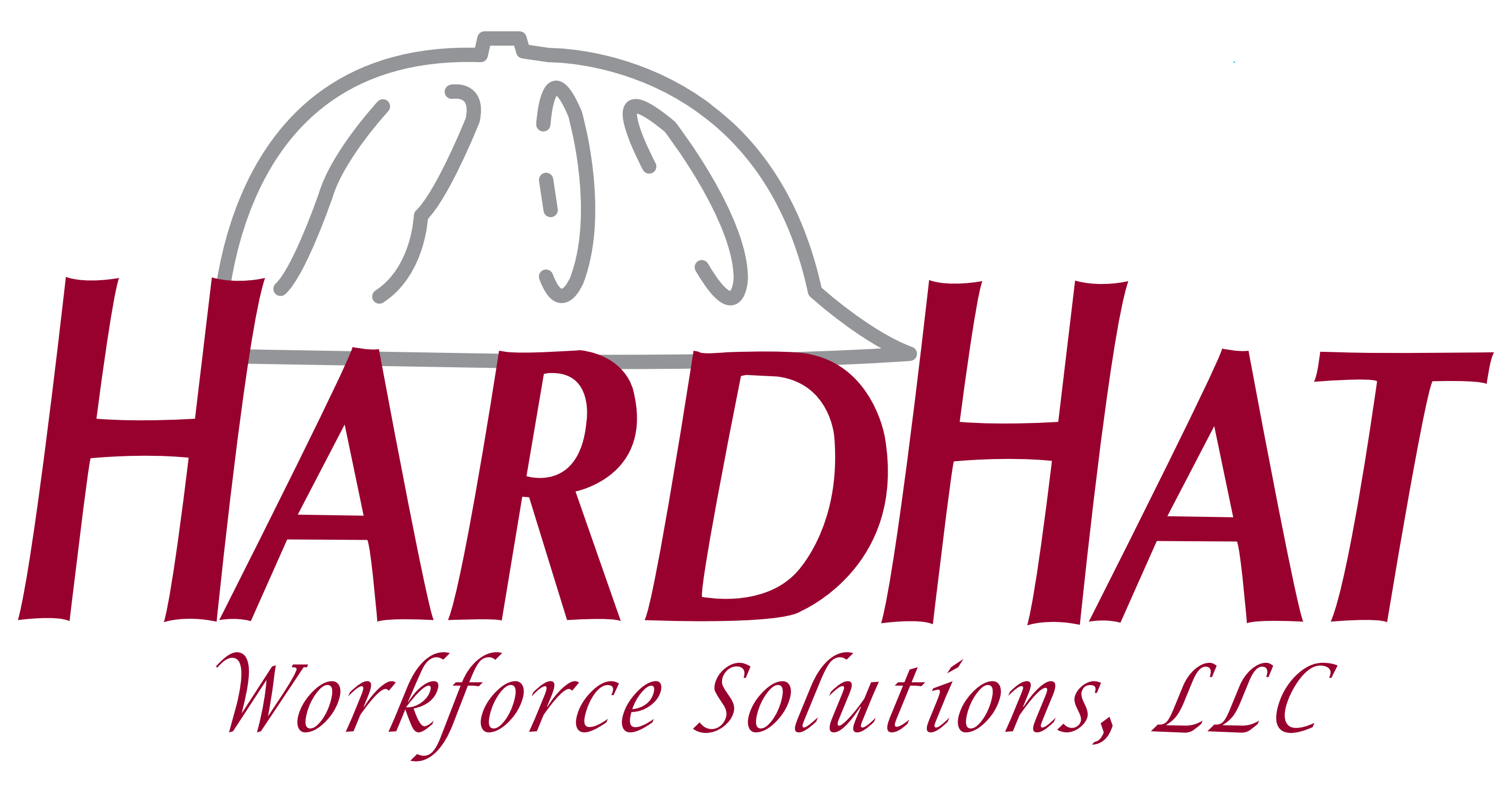Information
-
Document No.
-
Safety Inspection Report
-
Floor Level and Group
-
Conducted on
-
Prepared by
-
Personnel
1.0 Previous Inspection
-
1.1 Has the last inspection been reviewed.
-
1.2 Are there any outstanding actions.
2.0 Fire Safety Precautions
-
2.1 Visual Insight.
-
2.2 Fire exits, routes and call-points are clearly marked, free from obstruction and known to occupants.
-
2.3 Fire exit doors are easily opened from inside and kept closed (unless automatic).
-
2.4 Fire action notices are displayed and include details of assembly points.
-
2.5 Fire alarms are easily audible above background noises and are routinely tested.
-
2.6 Fire fighting equipment is sufficient, labelled, of correct type, in designated location, accessible and serviced.
-
2.7 Sources of ignition (e.g. batteries, power supplies) are adequately controlled.
-
2.8 Combustible materials (e.g. flammable chemicals, gases, wood dusts etc.) are stored appropriately and are managed.
-
2.9 No smoking rules are enforced.
3.0 First Aid
-
3.1 One or more First Aid kits/boxes are readily available, adequately stocked with contents in good condition.
-
3.2 Suitable notices and signs locate First Aid kits/boxes.
-
3.3 Internal telephones have the emergency contact details (Ext 2222) identified to contact First Aiders
4.0 Emergency Arrangements
-
4.1 A site plan showing nominated assembly areas and emergency contact details are displayed in prominent areas.
-
4.2 Local procedures have been communicated to all relevant person and are tested.
-
4.3 Emergency lights functional
-
4.4 Eye wash and safety/drench showers are available in close proximity, are unobstructed and regularly inspected
-
4.5 Self-contained breathing apparatus (SCBA) is sufficient, labelled, of the correct type, in designated location(s) for use by authorised trained personnel only.
-
4.6 Hydrofluoric acid first aid treatment is available if HF is used or stored in identified areas.
-
4.7 Spill kits (containing for example, absorbant materials, safety glasses, reusable gloves, clean up materials etc.) are available and adequate to cover anticipated spills (biohazard, chemical etc).
5.0 Security, Environment and Welfare
-
5.1 Visual insight.
-
5.2 Keys and access cards are kept in a secure area and/or stored out of sight when not in use.
-
5.3 Alarm systems are operating properly.
-
5.4 Ventilation, heating, cooling and lighting is suitable and adequate for user needs.
-
5.5 Doors operate, close and lock properly.
-
5.6 Vision panels in doors have not been obscured except where required as part of a risk assessment e.g. laser labs.
-
5.7 Windows operate, close and lock properly.
-
5.8 Clear access and egress to and from work areas and facilities.
-
5.9 Are there any obvious defects in the fabric/services of the premises e.g. floors, walls, ceilings, stairs, wiring, wall sockets, lighting, toilets, furniture, fixtures, fittings etc. that need to be notified to Estates Services.
-
5.10 Washing, toilet, shower and changing facilities are suitable and sufficient in number and condition.
-
5.11 Suitable and sufficient workspace areas (including seating) are available for users to carry out their work tasks in terms of comfort, access and body positioning.
-
5.12 Suitable and sufficient accommodation is provided for clothing not being worn during working hours and for special work clothing such as overalls, uniforms etc.
-
5.13 Suitable rest areas or rooms are provided for use during rest breaks.
-
5.14 Suitable and sufficient facilities with adequate tables and seating is available, along with fresh drinking water, equipment to heat and store food and drink items (boiling water, refrigerator, microwave etc. are available for eating and rest breaks.
6.0 General Housekeeping
-
6.1 Access to the area is secure and restricted.
-
6.2 Area(s) properly identified by correct hazard identification signage (pictograms) displayes on entry doors.
-
6.3 The general work are (including furniture, fittings, benches, sinks, equipment etc.) is sufficiently clean, tidy and free from accumulated glassware and clutter.
-
6.4 Hand washing facilities are available.
-
6.5 Floors, walls and ceilings are capable of being kept sufficiently clean.
-
6.6 Floor surfaces are even, uncluttered and in good condition.
-
6.7 Passageways and traffic routes are clear of obstructions and tripping hazards, e.g. cables, boxes, stock etc.
-
6.8 Entry, exits, walkways, stairs and risers are kept clear.
-
6.9 Where appropriate walkways are adequately and clearly marked.
-
6.10 Equipment, materials and objects are stored in a stable and secure manner.
-
6.11The loading of racking/shelving appears to be within its design limitations.
-
6.12 Are materials and equipment cleaned and put away when not in use.
-
6.13 Waste materials are only placed in suitable receptacles, in designated areas and are emptied regularly.
-
6.14 No food or drink (including labelled food and drink containers) are present in the location.
-
6.15 Visible safety caution signs indicate specific equipment hazards e.g. hot plate, microwave, -80oC freezer etc.
-
6.16 Ice making machines are labelled "Not for Human Consumption".
-
6.17 Fridge and freezers are suitable, spark proof, free from food and drink storage and periodically checked and cleaned.
-
6.18 Centrifuges are clean, free of debris and have an interlock on door.
-
6.19 Belts, pulleys, and other exposed moving equipment parts are guarded to prevent injury.
-
6.20 Pits and floor openings are covered or guarded.
-
Is there any noisy equipment or a potential issue with noise
7.0 Noise
-
7.1 Where noise is an issue, has a noise survey been carried out and appropriate noise control measures implemented.
-
7.2 Noisy areas and tasks have been identified and signs have been erected.
-
7.3 Are the people using noisy machinery and others working near it wearing approved protection.
8.0 Working Practices/Procedures
-
8.1 Suitable and sufficient risk assessments have been carried out for all work activities, are readily available and have been read by relevant persons.
-
8.2 Safe systems of work (or standard operating procedures), where applicable are readily available and have been read by relevant persons.
-
8.3 All lone or out-of-hour working has been risk-assessed and, where necessary, the appropriate measures put in place to control the risks.
-
8.4 Aware not to eat, drink, store food, apply 'make-up' (including lip-balm), insert contact lenses, etc. in labs.
-
8.5 Mechanical pipetting devices are used (no mouth pipetting permitted).
-
8.6 Gloves are removed prior to leaving rooms.
-
8.7 Hands are washed at the end of experiments and before leaving the lab.
-
8.8 Users are confident to question unfamiliar visitors to the lab and report security concerns to Security Control (3333).
-
8.9 Users know to report unusual or suspicious conditions or activities to appropriate personnel.
-
8.10 Relevant and up-to-date hazard registers, inventories and safety documentation is available.
-
8.11 Routine lab checks are carried out.
9.0 Training and Awareness
-
9.1 Workers have completed appropriate health and safety and laboratory training.
-
9.2 What would you do in the event of an emergency, such as a fire or accident.
-
9.3 What is the emergency number to summon the University First Aiders.
-
9.4 Who do you report health and safety issues to.
-
9.5 Where do you find health and safety information relating to the University/building or laboratory.
-
9.6 If applicable, what type of personal protective equipment do you wear, when do you use it and how do you store it.
-
9.7 If applicable, what hazardous materials do you use and what precautions do you take.
-
9.8 What is an MSDS or SDS and where would you find this.
-
9.9 How do you dispose of chemical waste material.
-
9.10 What would you do if you came into the area and found some broken ceiling tiles on the floor.
-
9.11 What do you do following an accident or dangerous occurrence (e.g. near miss).
10.0 Electrical Safety
-
10.1 Portable electrical equipment has been inspected, tested and labelled with a retest date.
-
10.2 Machines, portable tools and appliances, guards, blades, outer casings, power cords, on/off switches are all in good condition.
-
10.3 Plugs, sockets and switches are in good condition.
-
10.4 Electrical leads are kept away from sources of heat, corrosion and moisture.
-
10.5 Electrical leads are not frayed, damaged, strained or stretched across walkways.
-
10.6 Extension cables are not run through doors, windows, walls or ceilings.
-
10.7 Machine/instrument access panels in place.
-
10.8 Equipment is properly grounded.
-
10.9 All electrical equipment is being used according to its design and approved use (e.g. circuits are not overloaded, extension sockets are not daisy-chained etc.).
-
10.10 Switchboard and plant room areas are locked and secured from unauthorised access.
-
10.11 Isolators/circuit breakers and emergency stop buttons are clearly identifiable, accessible and their locations known to the relevant persons.
-
10.12 Where required, emergency shut-down procedures are in place.
11.0 Work Equipment
-
11.1 Work equipment is suitable for its purpose, the conditions in which it is used and is maintained in a safe condition.
-
11.2 Risks, created by the use of equipment, are eliminated or adequately controlled by suitable 'hardware' measures (guards, warning devices, PPE etc.) and 'software' measures (manufacturer's safety instructions, safe systems of work etc.).
-
11.3 Users have received adequate information, instruction and training to use the equipment.
-
Are there fume cupboards or other LEV present.
12.0 Fume Cupboards & Local Exhaust Ventilation
-
12.1 FCs are not overloaded and free of stored materials and clutter.
-
12.2 Chemical storage is strictly limited in actively used hoods.
-
12.3 Vents are unobstructed and baffles set appropriately.
-
12.4 Sash glass should be clean and maintained to have a clear visual path with the sash being used in an appropriate position.
-
12.5 System has been surveyed within the recommended period and most recent test results displayed and/or readily available.
-
12.6 Records are kept for the types of substances extracted by each fume cupboard.
-
12.7 Integral storage cabinets for chemicals are vented to an LEV system.
-
12.8 Integral storage cabinets for flammable substances are sealed to prevent air ingress.
-
Are there any Microbiological Safety Cabinets (MSCs) present
13.0 Microbiological Safety Cabinets (MSCs)
-
13.1 Free of stored material and clutter.
-
13.2 Have been surveyed within the recommended period and most recent test results displayed and/or readily available.
-
13.3 Display warning signs if MSC is designated for work with particular hazardous materials.
-
13.4 Records are kept for the types of substances extracted by each MSC.
-
13.5 Disinfectant is available for daily decontamination of work surfaces.
-
Is there a workshop area present.
14.0 Workshops
-
14.1 Are the floors around the machines kept clean.
-
14.2 Drip pans on floor to prevent spillage.
-
14.3 Waste/off cuts are removed and stored safely.
-
14.4 Guards are in good condition
-
14.5 Starting and stopping devices within easy reach of operator.
-
14.6 Work height correct for the type of work and the user
-
14.7 No damaged hand tools or power tools in use
-
14.8 Tools not in use are kept in place
-
Are there any manual handling issues to consider
15.0 Manual Handling
-
15.1 Manual handling risk assessments are readily available and have been read by relevant persons.
-
15.2 Objects are lifted and tasks are conducted without excessive physical strain.
-
15.3 Mechanical aids are used when a manual handling risk is identified (e.g. trolleys, scissor lifts etc.)
-
15.4 Frequently used heavy items are stored on shelves at waist level.
-
15.5 Infrequently used items are stored at low level.
-
Is work at height or lifting equipment in use
16.0 Work at height &/or lifting equipment & operations
-
16.1 Have all tasks been identified, assessed and controlled where there is a risk of a fall greater than 2.0 meters.
-
16.2 Person over 2M from the ground (and not connected to an approved arrest system) are working from an approved working platform (scaffold, gantry etc.)
-
16.3 If there is a risk of objects falling on people, then the area where the object could fall is barricaded off.
-
16.4 Safe working loads are clearly displayed and equipment tagged with the date of the last test.
-
16.5 Appropriate 'work at height' aids are available for reaching shelves above shoulder height.
-
16.6 Ladders are made on non-conducting materials if used near electrical equipment; are used away from doors and access ways; are used on firm and level surfaces; are intact and in good condition and are used in accordance with manufacturer's instructions.
-
16.7 Step ladders have nonslip footing; spreader bars locked in position; worker has 3 points of contact at all times and worker has 3 rungs down from the top of the step ladder.
17.0 Display Screen Equipment
-
17.1 Where applicable, DSE risk assessments have been undertaken for each workstation, with the user present and the findings recorded.
-
17.2 All DSE users have completed relevant awareness and assessment training courses.
-
Are hazardous chemicals or dangerous materials used.
18.0 Hazardous and Dangerous Substances
-
18.1 COSHH risk assessments have been carried out for the work activities involving hazardous substances, are readily available and have been read by relevant persons.
-
18.2 DSEAR risk assesments have been carried out where there are risks from fire, explosion and similar events arising from the materials used or present in the area.
-
18.3 Assessments are periodically reviewed and reviewed when changes may render the original assessment invalid.
-
18.4 Material Safety Data Sheets (MSDS) for all hazardous substances are kept and are accessible to all personnel.
-
18.5 Hazardous substances are used, handled and stored according to the methods prescribed in the MSDS.
-
18.6 All containers of substances are labelled clearly, correctly and the containers are in a good state of repair.
-
18.7 Are preserved specimens, samples and working solutions labelled with constituents, owner name and date.
-
18.8 The type and amount of hazardous substance used or stored is kept to a minimum where possible and recorded in the hazardous materials register.
-
18.9 Materials with shelf lives dated are disposed of per suppliers recommendations.
-
18.10 A chemical/hazardous substances inventory is available.
-
18.11 Training, instruction and information is provided to workers using hazardous substances.
-
18.12 Is atmospheric monitoring or health monitoring required?
-
18.13 If yes, is this undertaken.
-
18.14 Are security measures in place for any security sensitive materials.
-
18.15 Where special storage conditions apply, are these adhered to.
-
18.16 Is the compatibility of materials considered when storing items e.g. chemicals are segregated to avoid incompatibilities.
-
18.17 Are chemical storage cabinets properly labelled.
-
18.18 Are preserved specimens, samples and working solutions labelled with constituents, owner name and date.
-
18.19 Is shelving appropriate and adequate for the items.
-
18.20 Corrosives stored below eye level.
-
18.21 Volatile chemicals and solvents are kept to a minimum and stored in ventilated areas.
-
18.22 Strong oxidizers are segregated from contact with combustibles.
-
18.23 All storage cabinets for flammable substances contain only the aggregated maximum of 50 litres.
-
18.24 If pyrophorics or air/water reactive solids are present, proper engineering, fire fighting, administrative and PPE controls are in place and properly used.
-
18.25 Volatile chemicals and solvents are kept to a minimum and stored in ventilated areas.
-
18.26 Containers with flammable liquids are stored in a cool area, away from ignition sources (e.g. hot plates).
-
18.27 Materials with shelf lives dated are disposed of per suppliers recommendations.
-
18.29 Is there sufficient room to open/decant flammable liquids away from ignition sources.
-
18.30 Is the storage/decanting area clear of combustible waste materials and residues.
-
18.31 Are flammable liquids used and stored away from escape routes and ignition sources
-
18.32 Are flammable liquids stored in approved safety cans, approved flammable storage cabinets or spark proof refrigerators.
-
18.33 Ventilated gas cabinets are used for highly toxic gases.
-
18.34 Flammable gases are fitted with flash back arrestors.
-
Is hazardous waste disposals required
19.0 Hazardous Waste Disposal
-
19.1 Waste Disposal Co-ordinators are known to relevant personnel
-
19.2 Containers are compatible with waste contents.
-
19.3 All chemical waste containers are capped when not in use.
-
19.4 Glass chemical containers recycled per established procedures.
-
19.5 Separate disposable containers available for broken glass.
-
19.6 Chemical waste containers are in secondary containment.
-
Is work with biological agents or materials carried out
20.0 Biological Agents and Materials
-
20.1 Hands-free hand basin at laboratory exit.
-
20.2 Hooks for laboratory coats are provided adjacent to exit foor.
-
20.3 Biological samples, stocks, infectious materials, GMOs and culture materials are clearly labelled and appropriately stored.
-
20.4 MSC cabinets are certified safe for use.
-
20.5 Autoclave has current certification.
-
20.6 All records of imported microorganisms, GMOs, transfers and disposals etc are up-to-date.
-
20.7 Biohazard waste bags and containers are available and being used.
-
20.8 All microbiological waste is autoclaved before disposal
-
20.9 All contaminated glassware is autoclaved or chemically disinfected prior to washing.
-
Are there any compressed gases or gas systems in use.
21.0 Compressed Gases and Gas Systems
-
21.1 Suitable and appropriate training has been given to those that use, handle, store, transport or change gas cylinders.
-
21.2 Storage quantities are kept to a minimum
-
21.3 Cylinders are kept upright (unless designed to be used otherwise) and are properly secured in position (by chain or strap).
-
21.4 Protective valve caps on cylinders are in place and used.
-
21.5 Cylinder carts are used to transport gas cylinders.
-
21.6 Gas regulators are compatible with the gas cylinder and have been inspected within the last year.
-
21.7 Hoses, tubing and regulators attached to gas cylinders are in good condition.
-
21.8 Toxic, flammable and corrosive gases are used in fume hoods or with suitable extraction systems.
-
21.9 Relevant persons have been made aware of the location of gas isolating valves in their area.
-
21.10 Empty or unused gas cylinders are promptly returned to the supplier.
-
Is liquid nitrogen/ cryogenics used.
22.0 Liquid Nitrogen / Cryogenics
-
22.1 Containers are vented or have pressure relief devices fitted.
-
22.2 Used and dispensed in areas with good ventilation.
-
22.3 PPE is used to avoid skin contact.
-
Pressure systems in use
-
23.0 Pressure Systems
-
23.1 Pressure relief devices provided and inspected.
-
23.2 Relevant test certificates are displayed close by or are readily available for inspection
-
Radioactive Sources or Materials used
24.0 Radioactive Sources or Materials
-
24.1 Separate radiation safety inspections are carried out by the Radiation Protection Supervisor and Safety Department.
25.0 Specific Issues not covered elsewhere
26.0 Summary of Inspection and Corrective Actions
-
Action 1:
Person responsible
Complete by:
27.0 Web Links & Further Information
28.0 Completion
-
Signature of representative performing inspection
-
Select date
